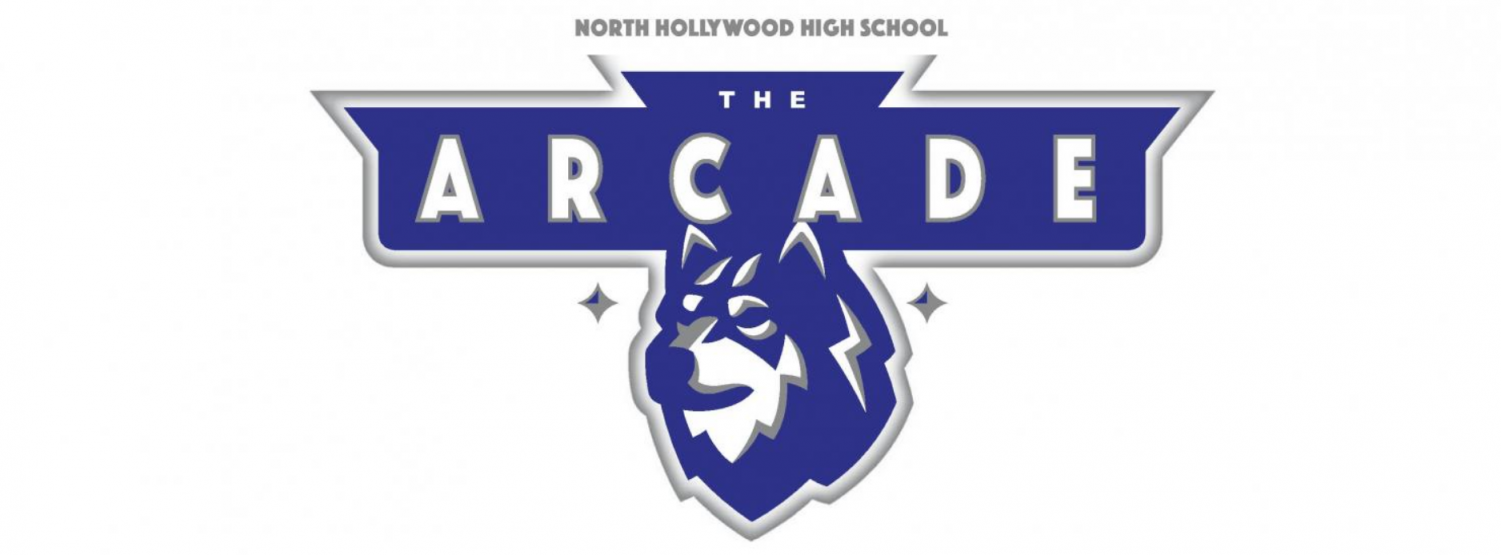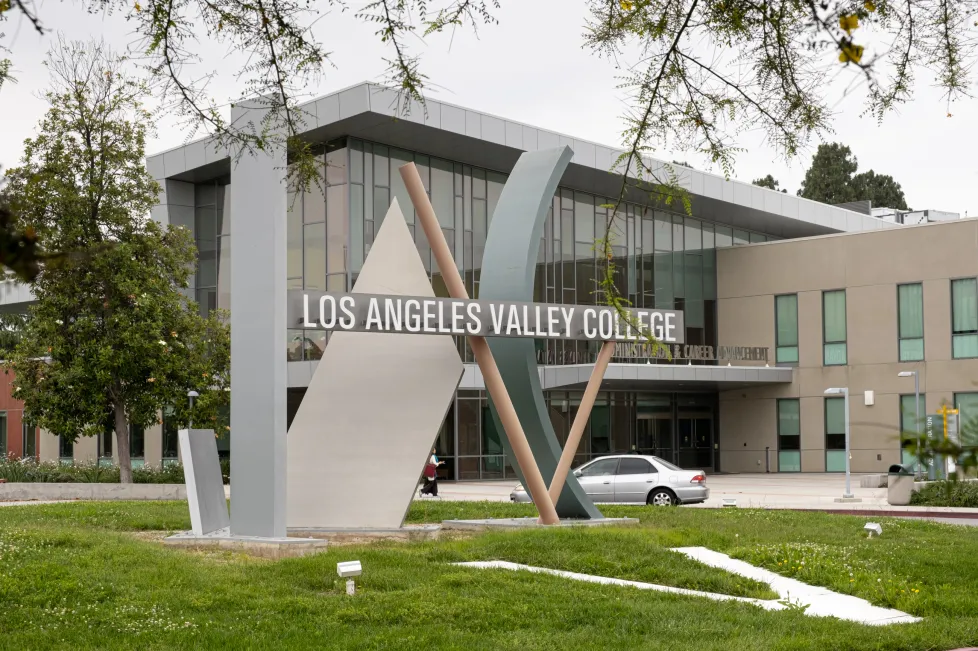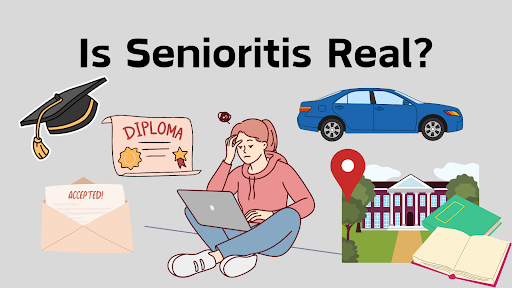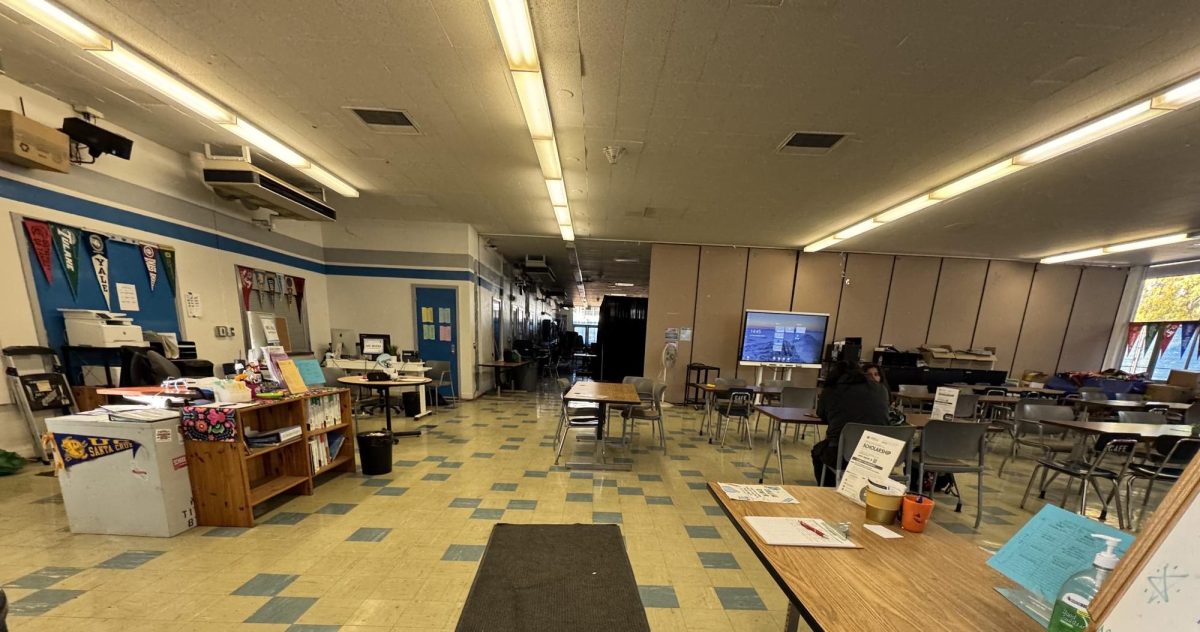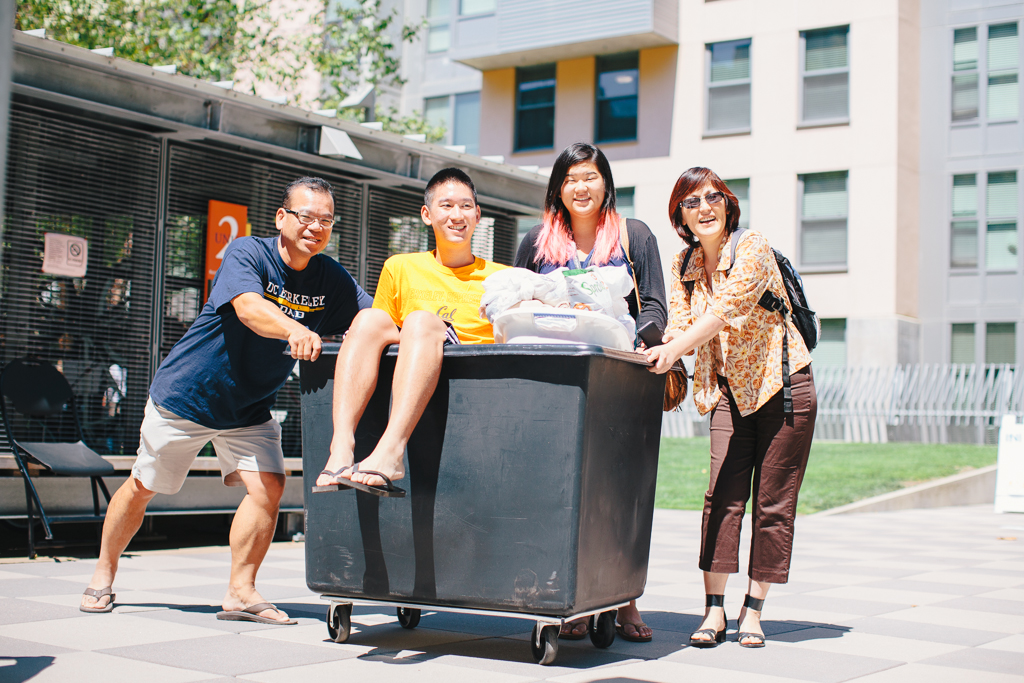The average cost of attendance for a student living on campus at a public four-year university is more than $100,000 across the four years. This tuition price is even higher for students who are from out-of-state, or attending private university institutions.

Although many students may turn to AP classes as a way to reduce the amount of college tuition that they have to pay, and gain college credit, another more accessible and free option is dual enrollment. With summer around the corner, dual enrollment provides students with one more option for activities to participate in.
Los Angeles Valley College Dual Enrollment advisors Naedy Mendoza and Rebecca Huezo, put it in simple words, saying that dual enrollment is “The opportunity for high school students to earn college credits whilst they are in high school.”
Not only is dual enrollment a free program for those in grades K-12, but depending on the situation, it is also possible for students to obtain credits for both high school graduation requirements and college degree requirements with these courses.
Huezo adds, “CSUs [California State University’s] will increase tuition by six percent every year,” meaning that the opportunity to take these free college courses should not be passed up.
The main difference between dual enrollment and AP classes is the method that they give students college credit. Dual enrollment classes are formatted like real classes that last 5-16 weeks, and full credit is given to students as long as they pass the class with a C or higher.
On the contrary, students who take AP courses not only have to potentially pay the exam fee, but must also pass the comprehensive AP exam with a score of 3 or higher in order to receive any college credit at all. In addition, the amount of credit given varies based on the exam score. For dual enrollment, every student receives full credit as long as they pass the class.
Dual enrollment classes provide a greater flexibility in comparison to regular or AP classes, Mendoza mentions that the dual enrollment courses offered in the summer 2024 cohort, “Are all online. Some are asynchronous, some are synchronous and require meetings through zoom.”
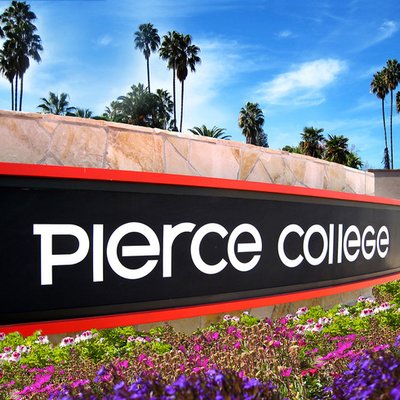
Nonetheless, dual enrollment courses offer the chance for students to do their work from home. Furthermore, the course workload can vary between each individual professor, however these professors “are aware that they are working with high school students,” according to Mendoza and Huezo. This means that the courses are designed to be manageable for high school students in the first place.
Starting for the class of 2026, completion of both a Health 011 and an Ethnic Studies course will be required to graduate high school. For this reason, many turn to these dual enrollment classes to complete their graduation requirements from home without having to use up a class slot in their schedule.
“Completing these mandatory classes online, for free, allows me greater freedom to explore other elective courses in high school while also gaining college credit at the same time, which is always a bonus,” says Alana Chen, a dual enrollment student and sophomore.
“If done correctly, there are even some high school students who are able to graduate high school with their associates degree,” explains Huezo.
This summer, LAVC and LACCD are offering dual enrollment courses that students can sign up for, which includes, but is not limited to: College 101, Health 011, Sociology 001, Chicano Studies 007 (Ethnic Studies), Math 100, Math 120, Math 125 and Certificate programs.
In addition to providing the chance for students to take college courses in high school and gain college credit, they also provide students with the chance to figure out what to study, and potentially explore subjects that they are interested in studying.
As current college juniors themselves, Mendoza and Huezo share the importance of the dual enrollment programs. Mendoza explains, “I can’t stress–especially as college students now–how much I wish I had taken these classes. Even if it was just one class…This is a free resource and I would like for students to take advantage of these resources…It will be 100% worth it.”
Chen also mentions, “Taking even just one class has allowed me to learn how to manage my time. Even though the professors understand that we are high school students, they still treat us and hold us to the same standards of college students, which includes independence, taking initiative, and task management…It makes me feel more reassured when I actually do go to college.”
Dual enrollment college courses are always in rotation throughout the year, with new classes available for enrollment and applications every season. If you are interested in enrolling in a dual enrollment course, please visit the college center for more information. Additionally, dual enrollment is offered through any of the nine Los Angeles Community College District (LACCD) schools, which are: City, East, Harbor, Mission, Pierce, Southwest, Trade-Tech, Valley and West.
If students would like to reach out to dual enrollment services for enrollment assistance, interested students can also reach out to the LAVC dual enrollment advisors at [email protected] or [email protected] . If assistance is needed for any of the other eight colleges, each college website has a dedicated dual enrollment page with more assisting information.
